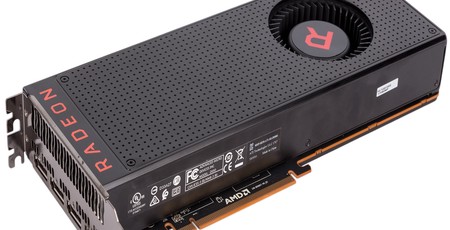
Vega's Memory: HBM2 and High-Bandwidth Cache Controller
The Vega cards sees AMD's high-end offering move to second-generation high-bandwidth memory (HBM2). The original HBM was something of a limit for AMD. Each stack was limited to just 1GB, so even with four stacks flanking the Fiji GPU, you only got a 4GB frame buffer, and you needed a very wide 4,096-bit interface even for this (HBM is 1,024-bits per stack). HBM2 appears to be a much better solution for GPUs, since it offers eight time the capacity per stack and double the bandwidth per pin.
As a result, Vega supports a 16GB frame buffer via a 2,048-bit memory interface. While 16GB is deployed in the professional-grade Frontier Edition card, it's excessive and too expensive for a consumer graphics card, so 8GB is used instead (4GB per stack). Reducing the interface by half also has minimal impact on bandwidth, as HBM2 allows AMD to increase the clock speed to nearly double what Fiji offered (945MHz versus 500MHz). In the end, peak throughput is down from 512GB/s to 483.8GB/s, but this is a small difference. Note that the RX Vega 56 drops speeds to 800MHz and thus memory bandwidth sits at 409.6GB/s.
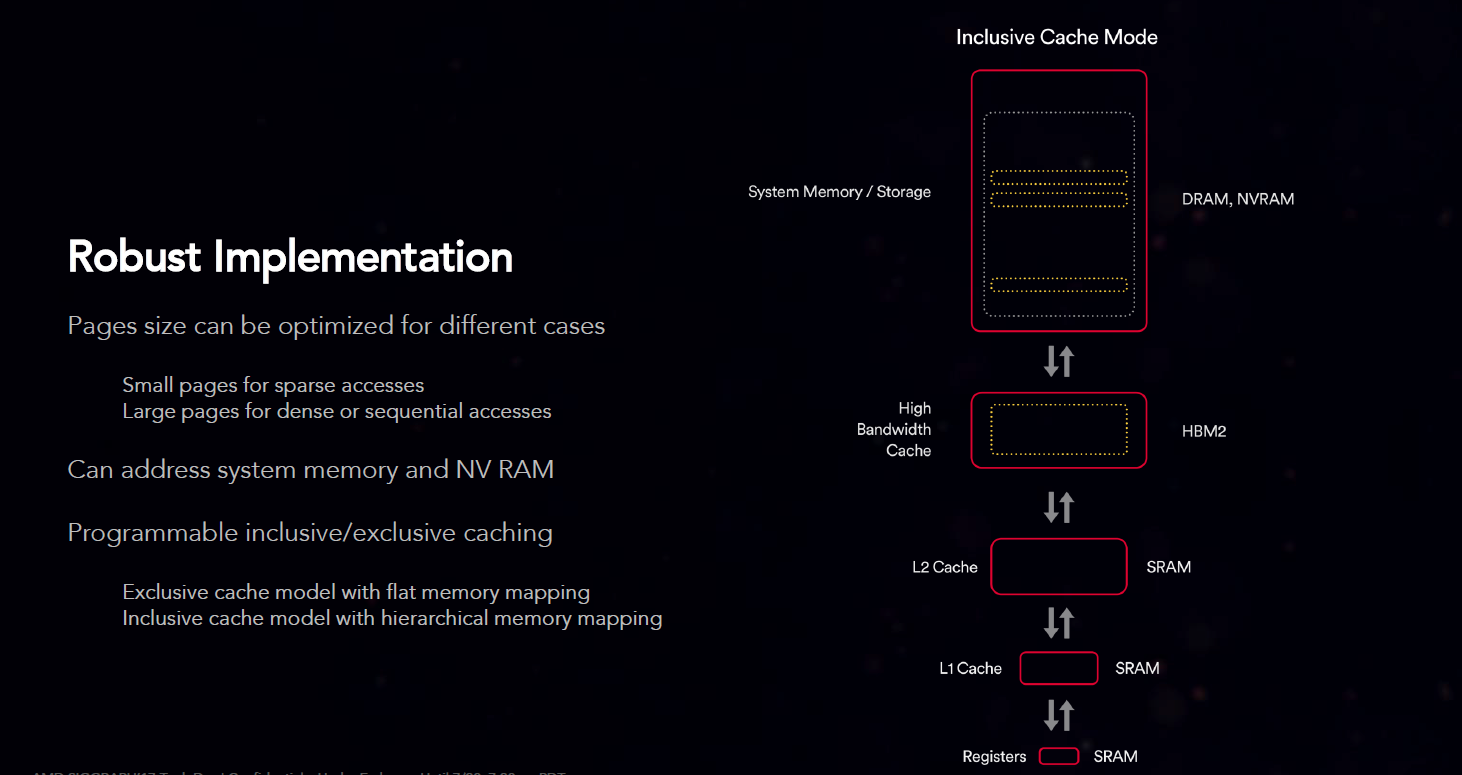
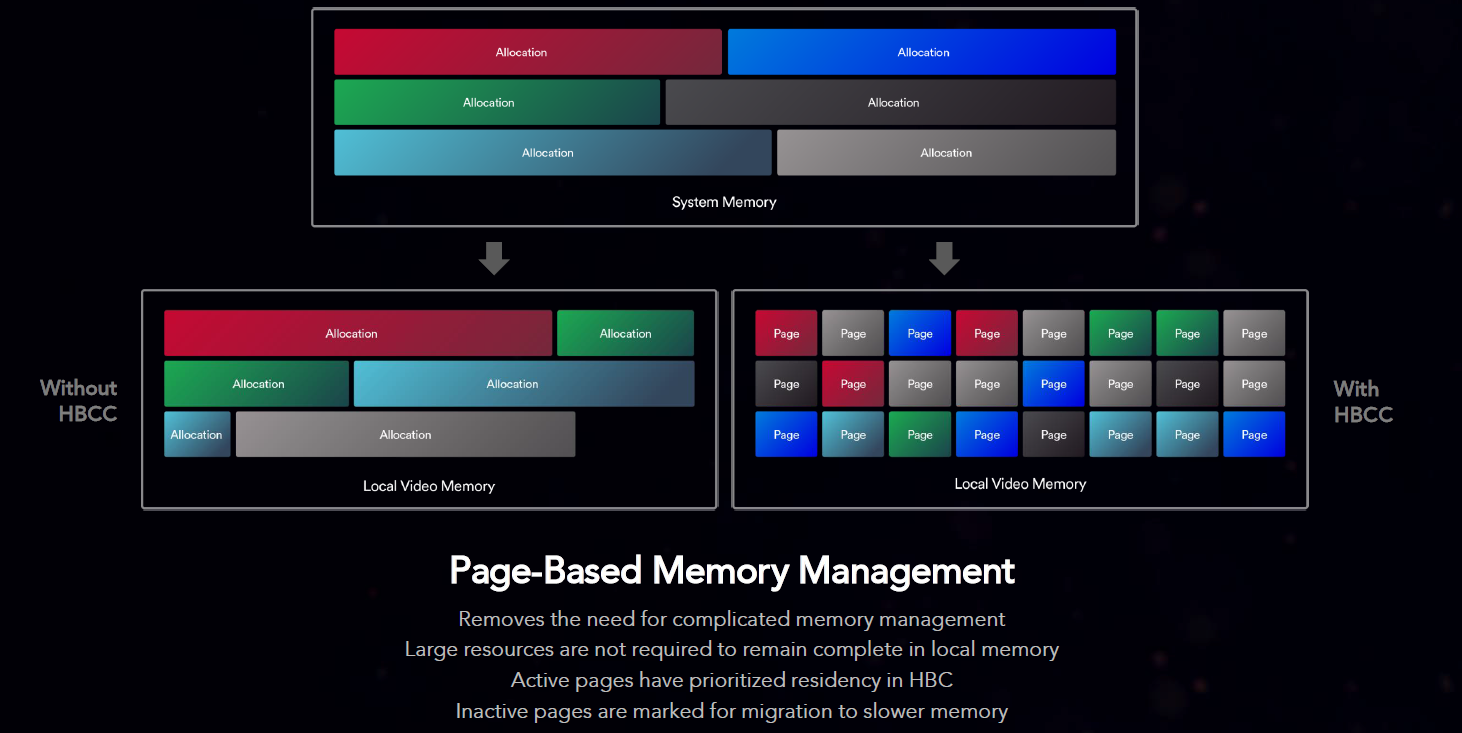
An interesting new addition to Vega is the High-Bandwidth Cache Controller (HBCC). This basically allows you to combine spare system memory with the onboard video memory to make a single large pool of memory that the GPU sees as a single high-bandwidth cache. The HBCC then manages everything by dividing data into pages (page size is variable and decided based on function and usage). For gamers, the idea is to help prevent frame buffer size becoming an issue and to allow developers to build more detailed worlds, but it also has implications for professionals, scientists, content creators and so on that want to work with massive datasets. Either way, HBCC is toggled and controlled via a slider in Radeon Settings.

MSI MPG Velox 100R Chassis Review
October 14 2021 | 15:04

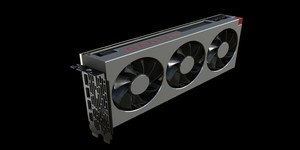

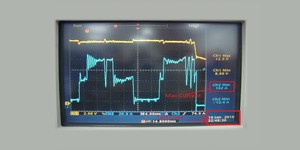




Want to comment? Please log in.